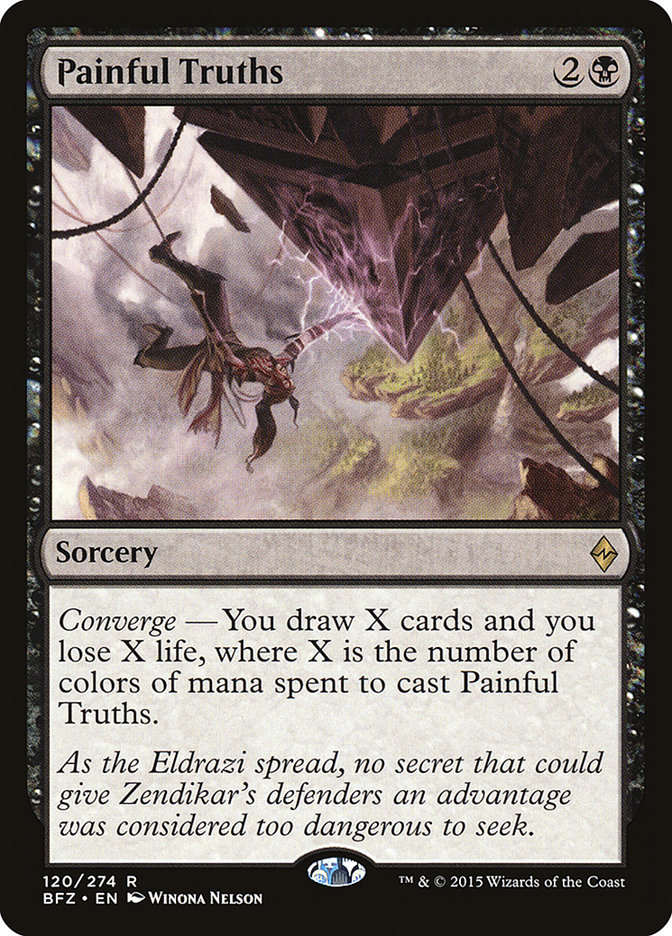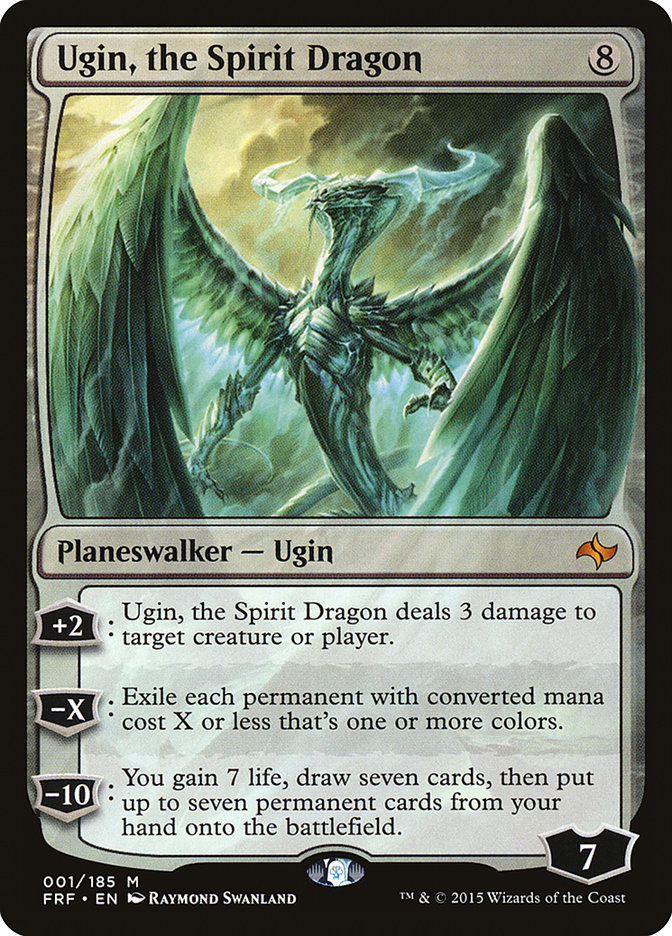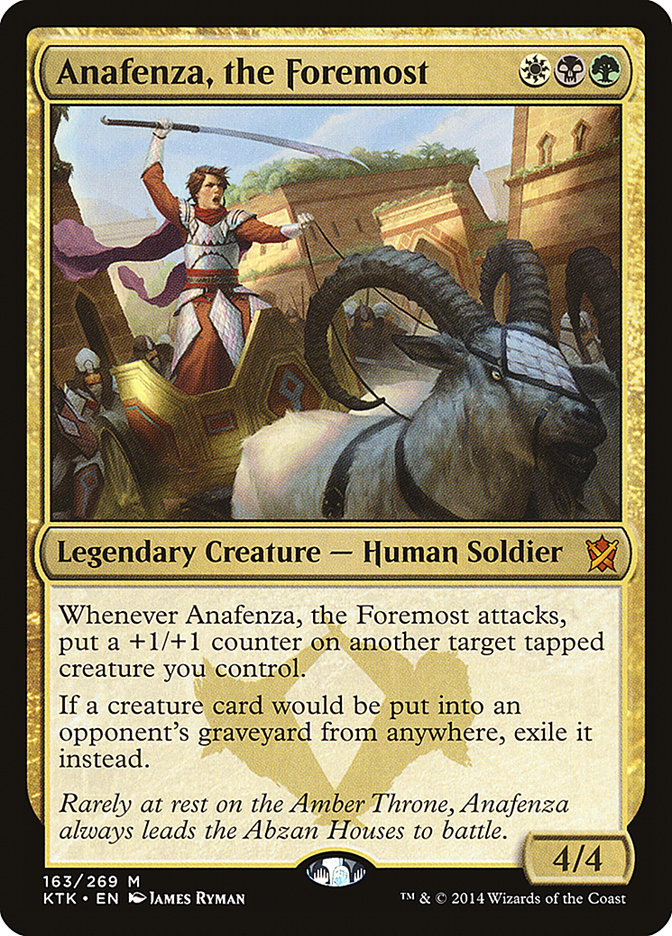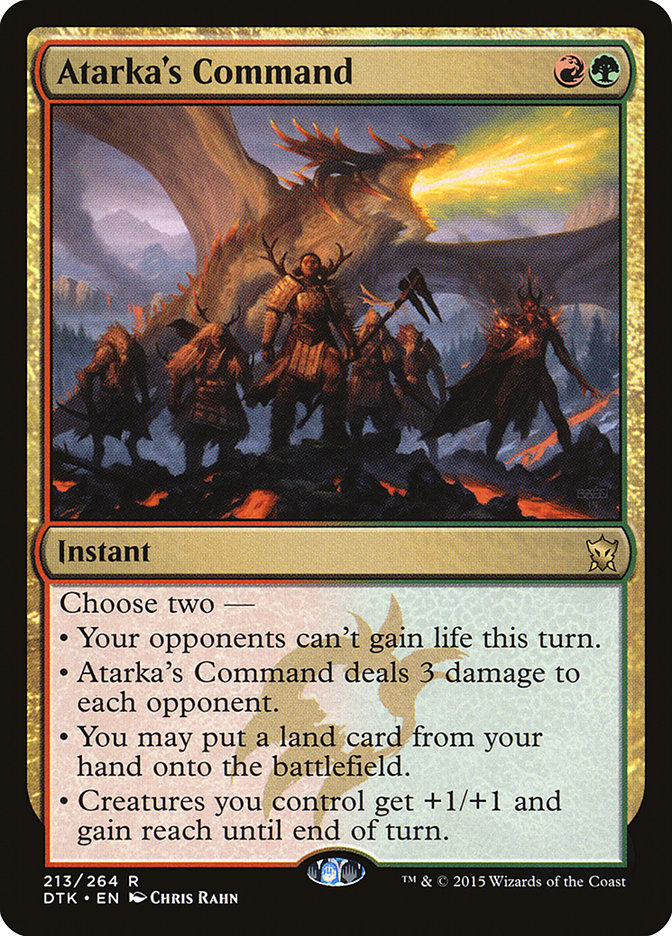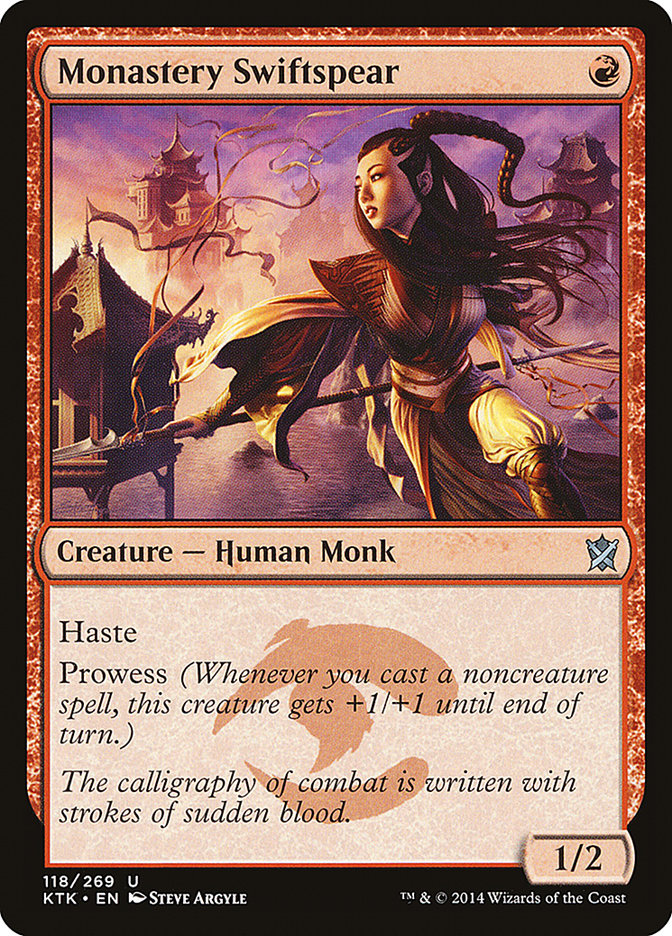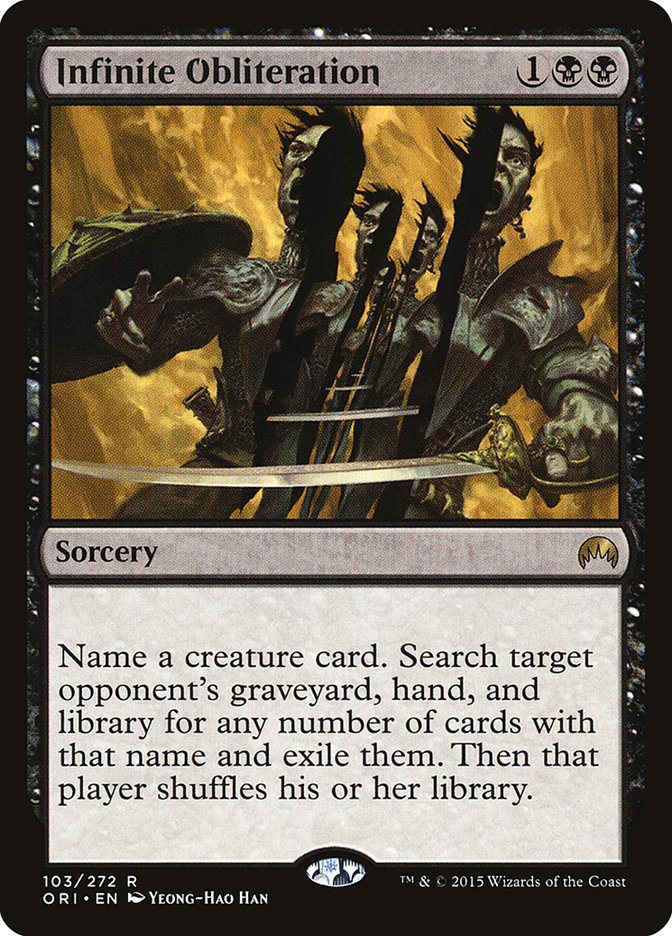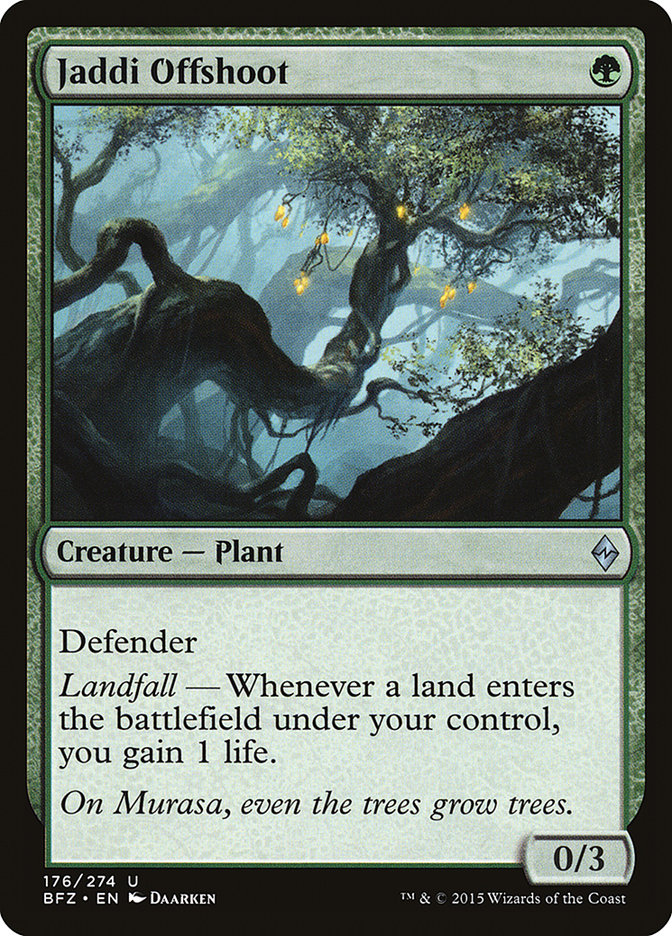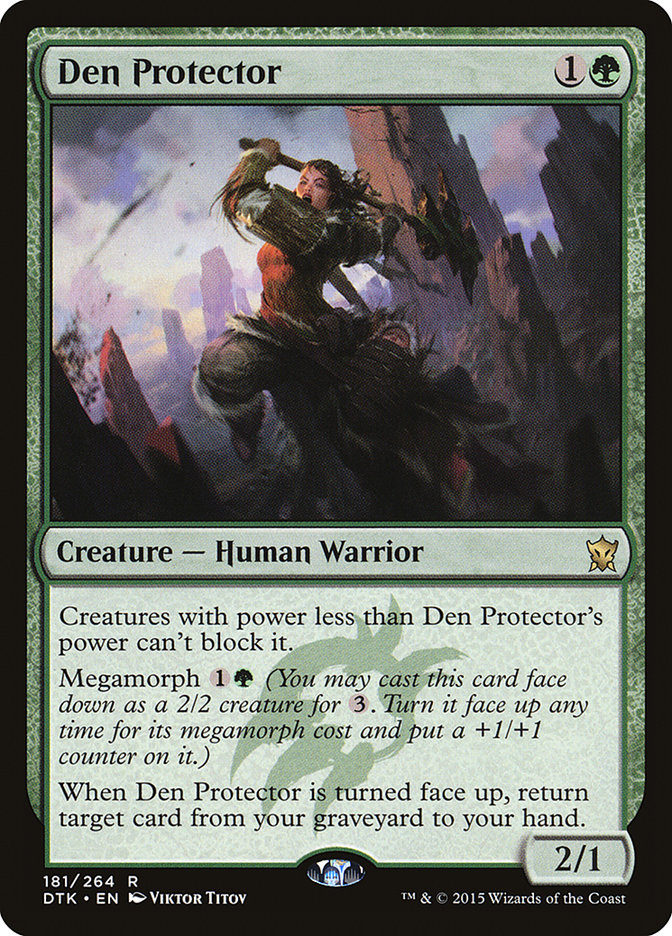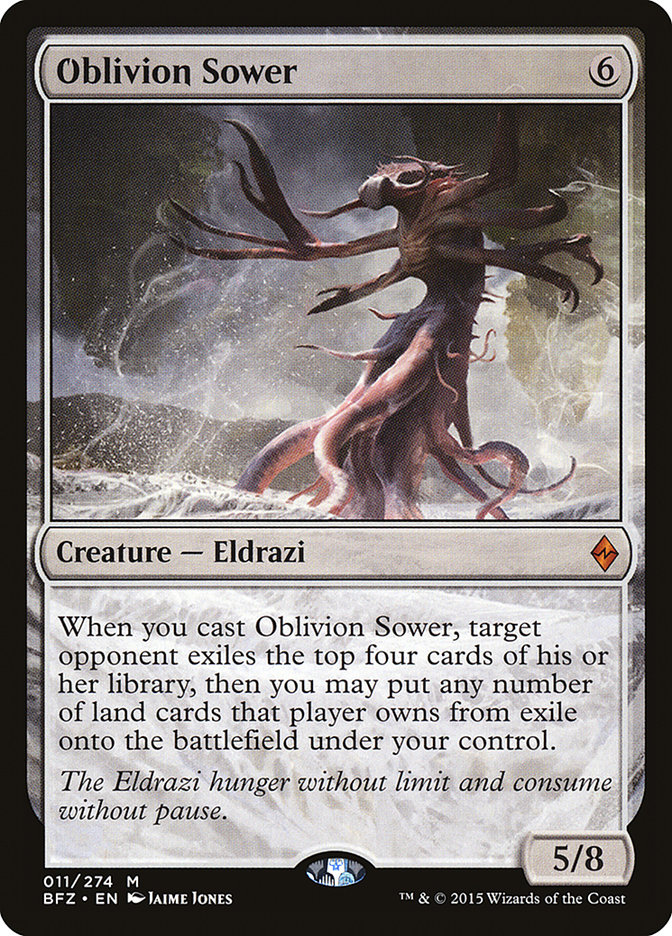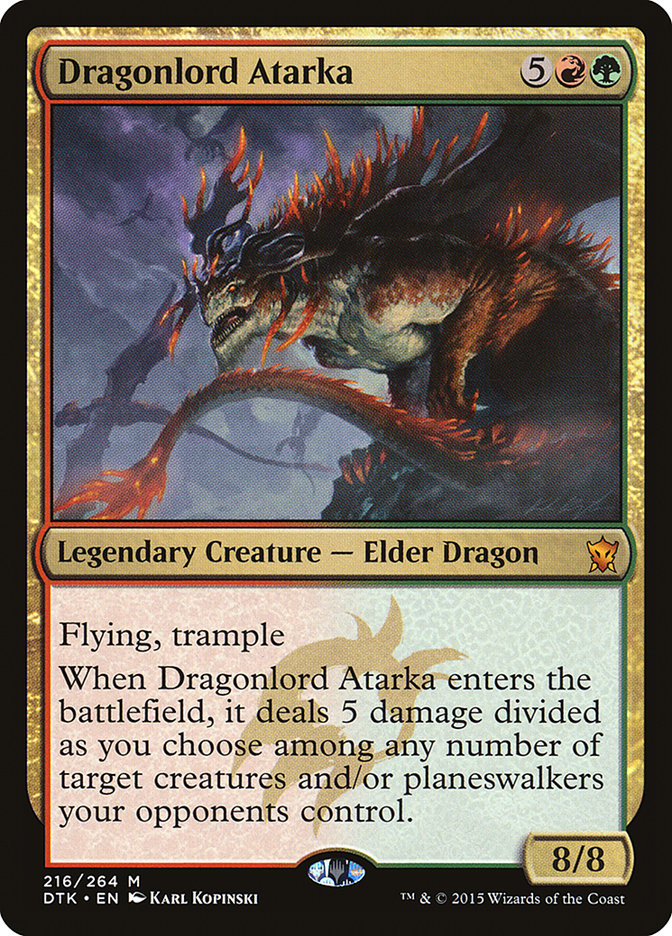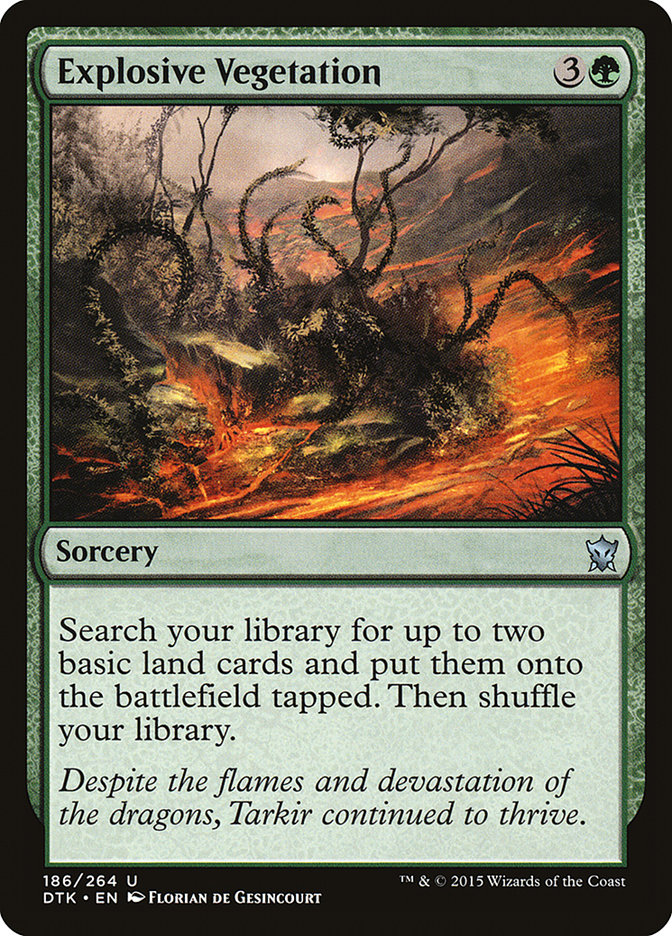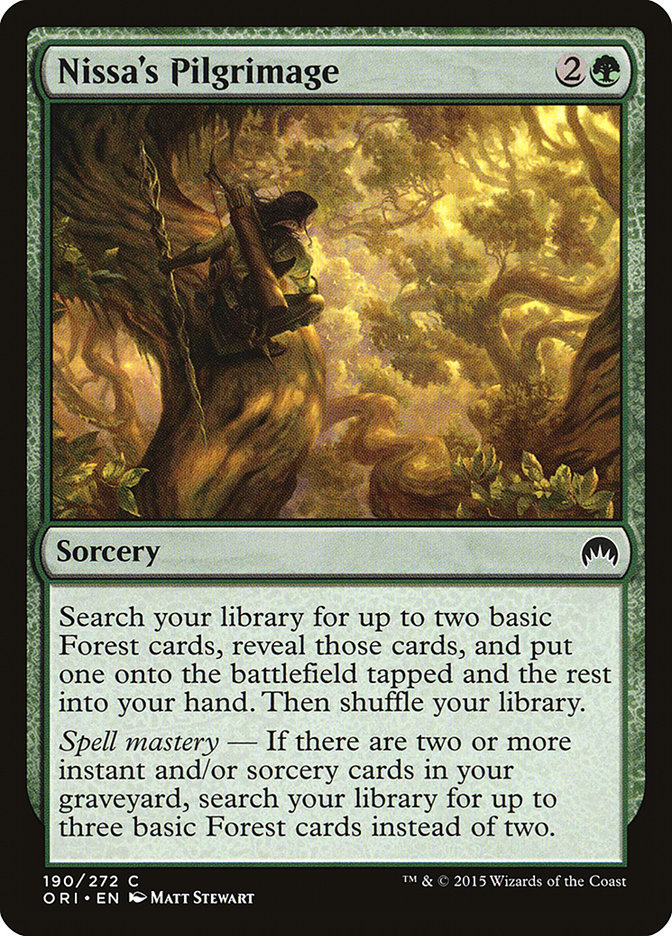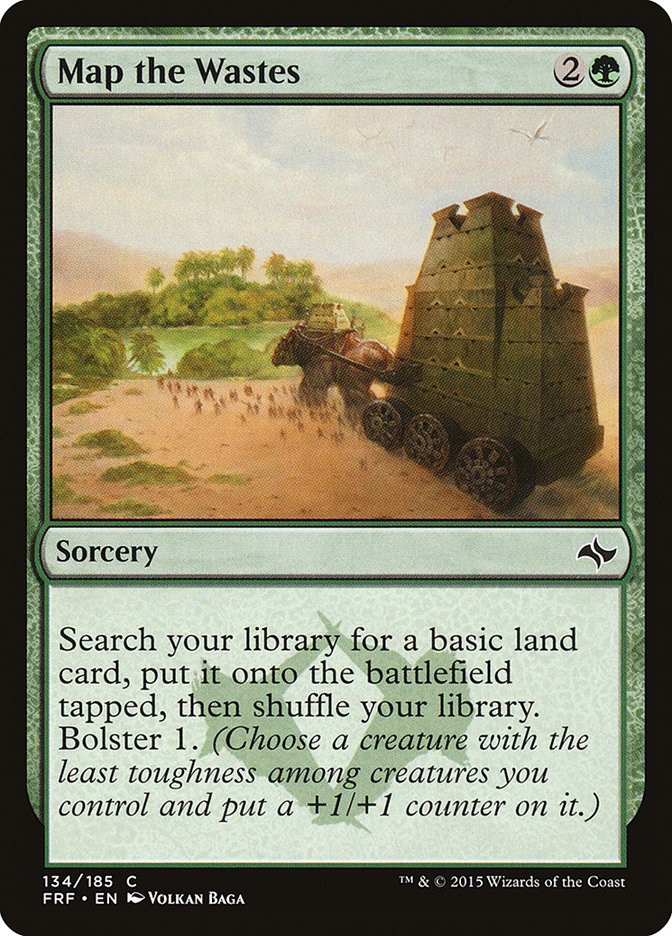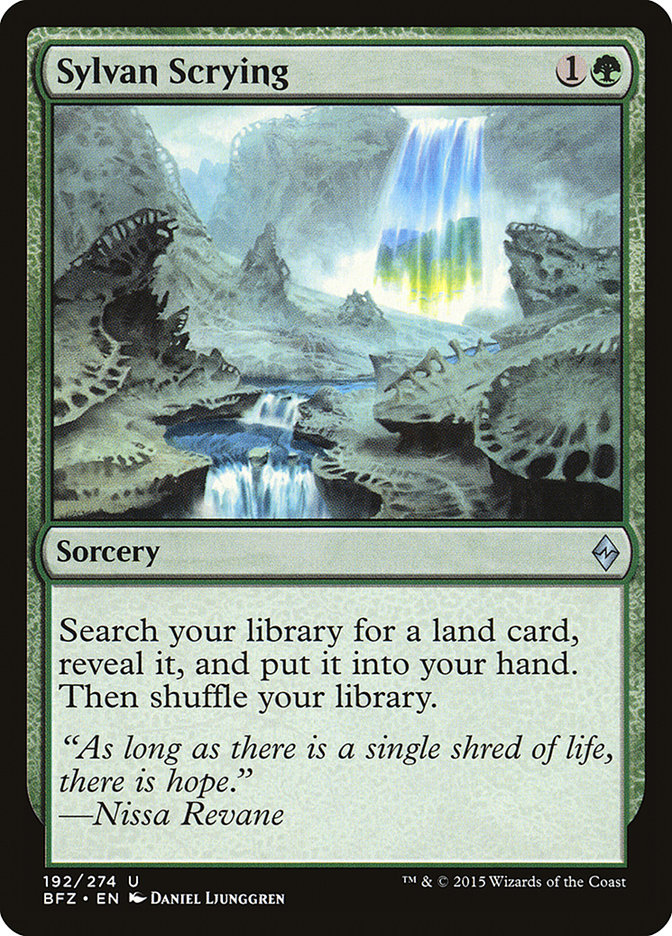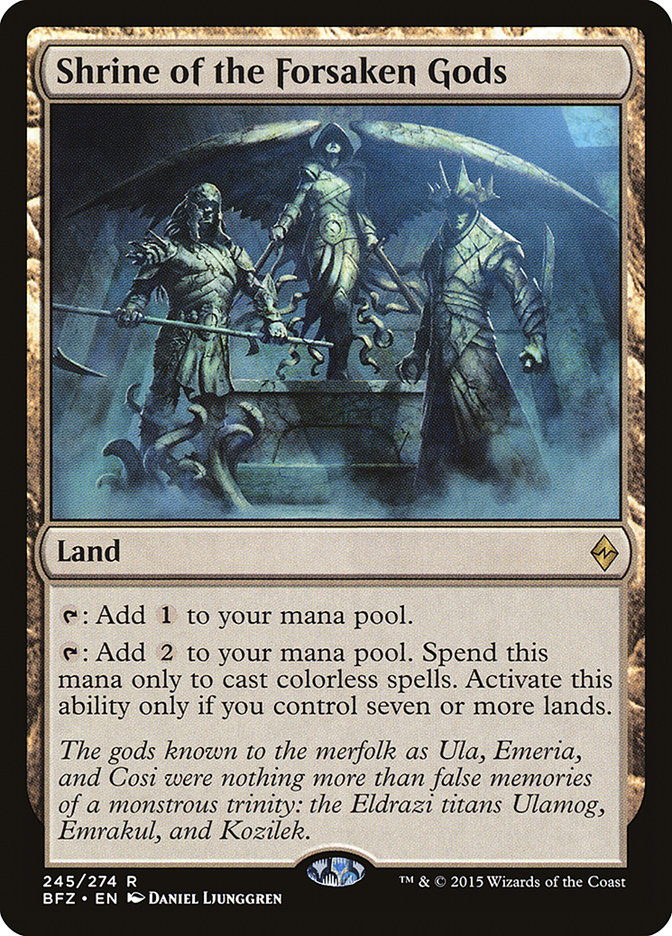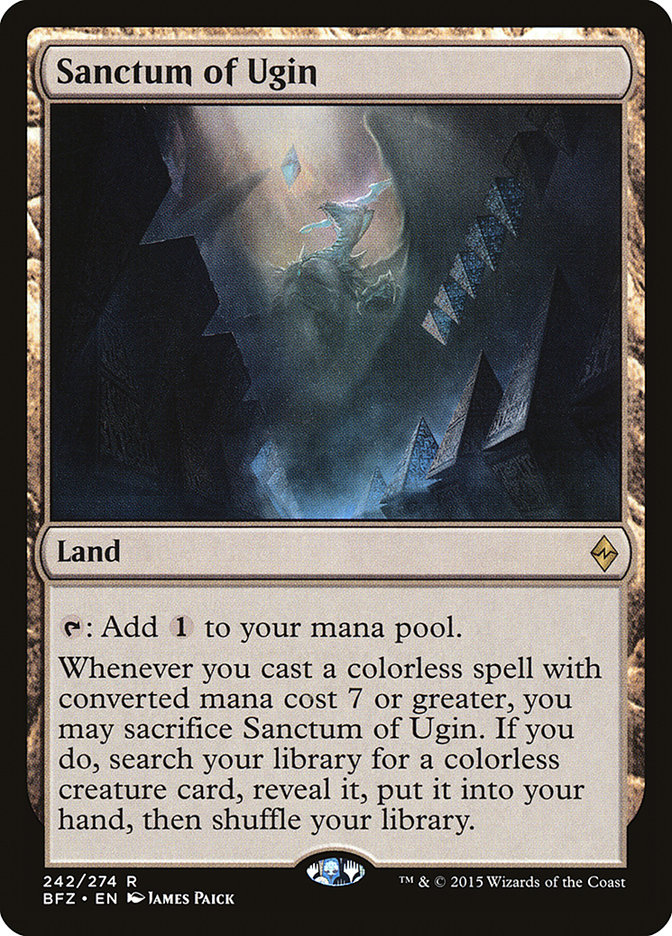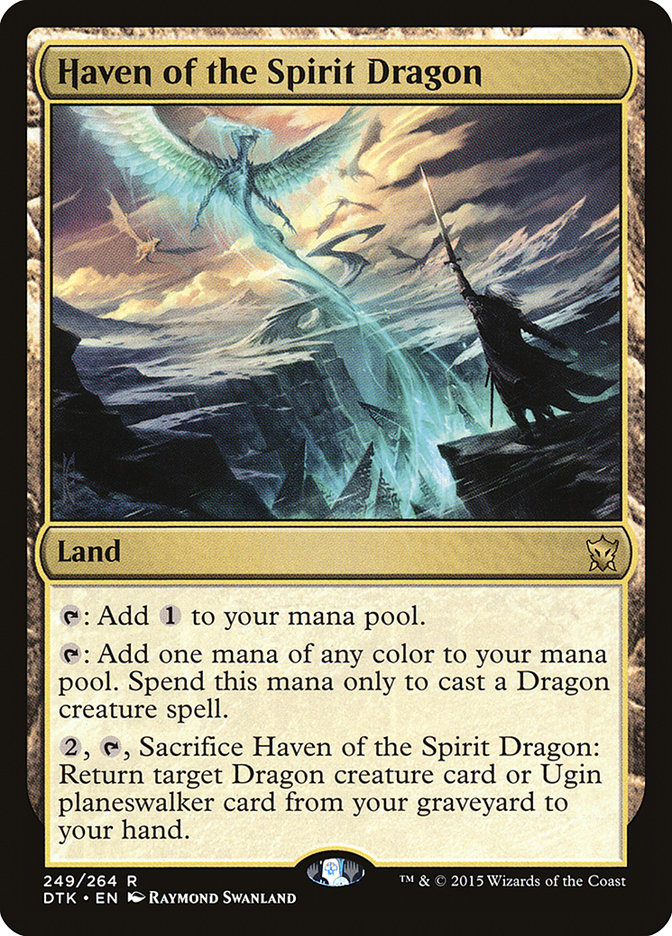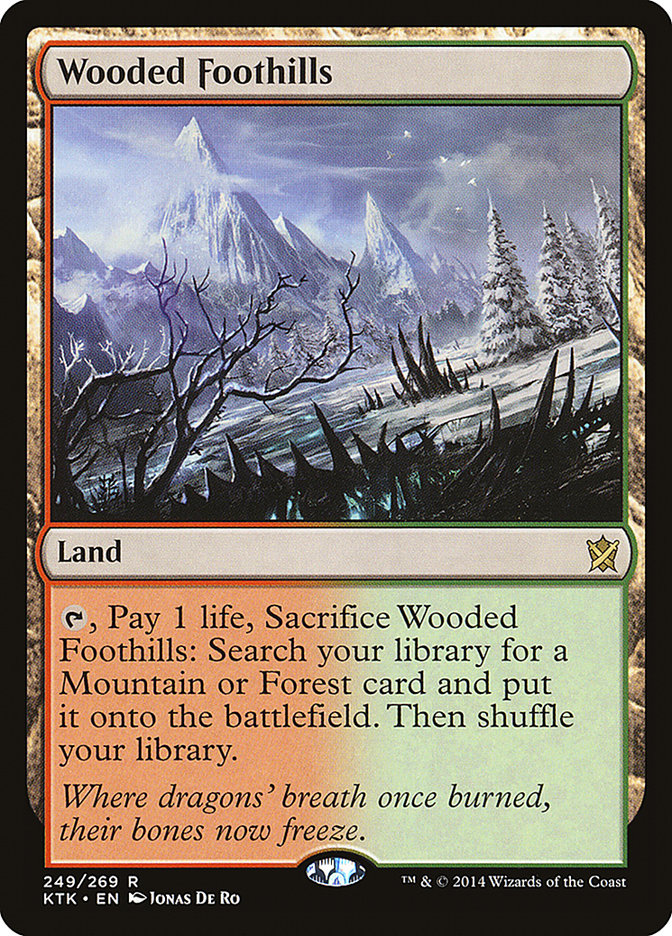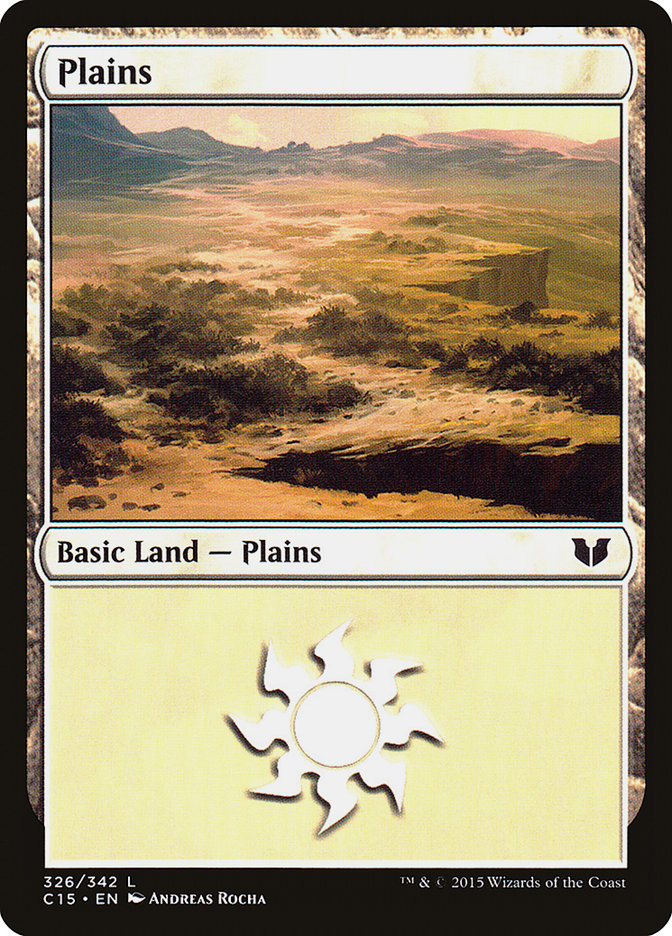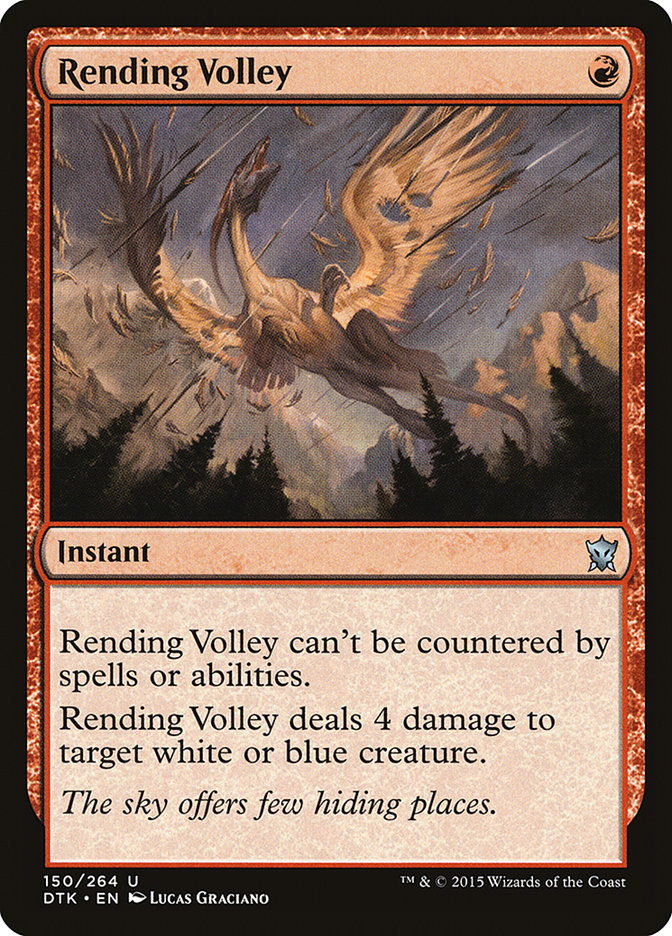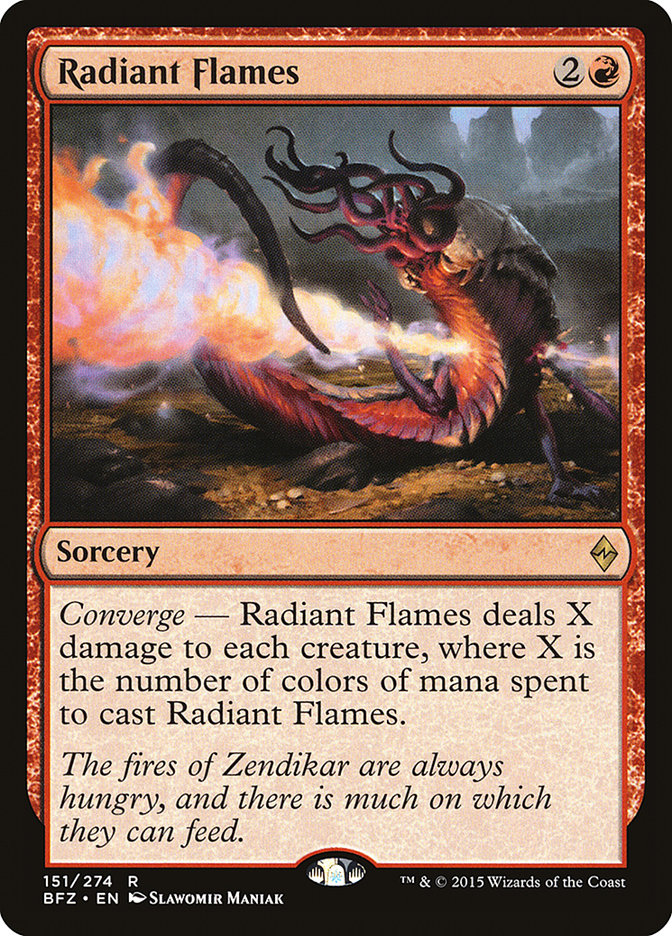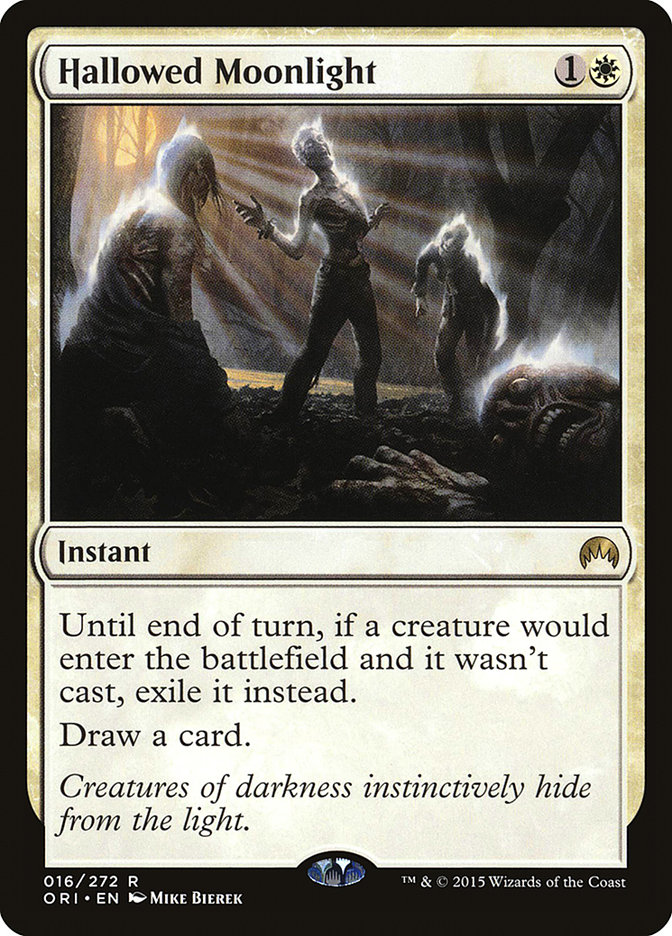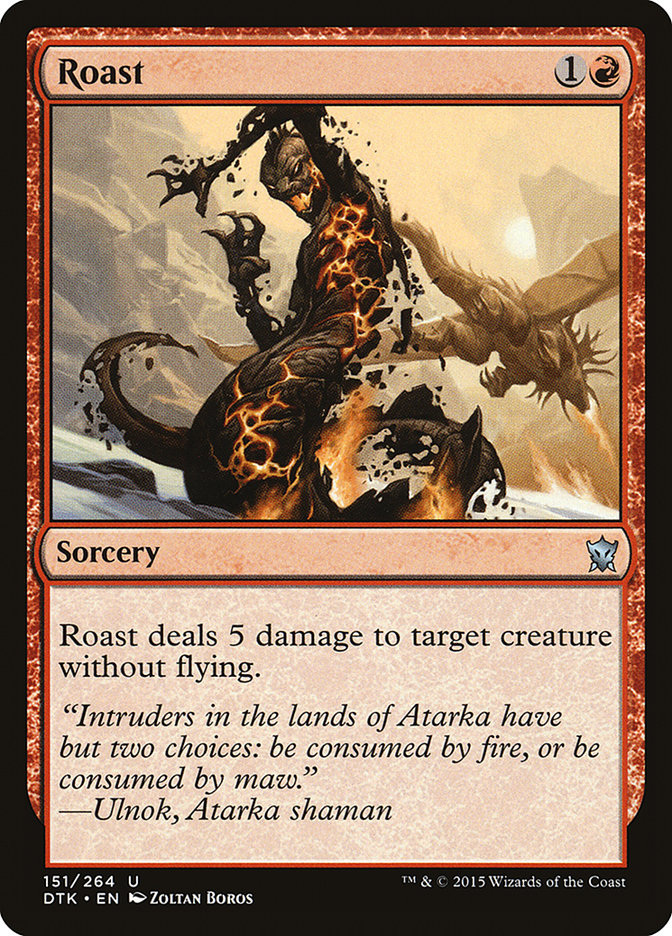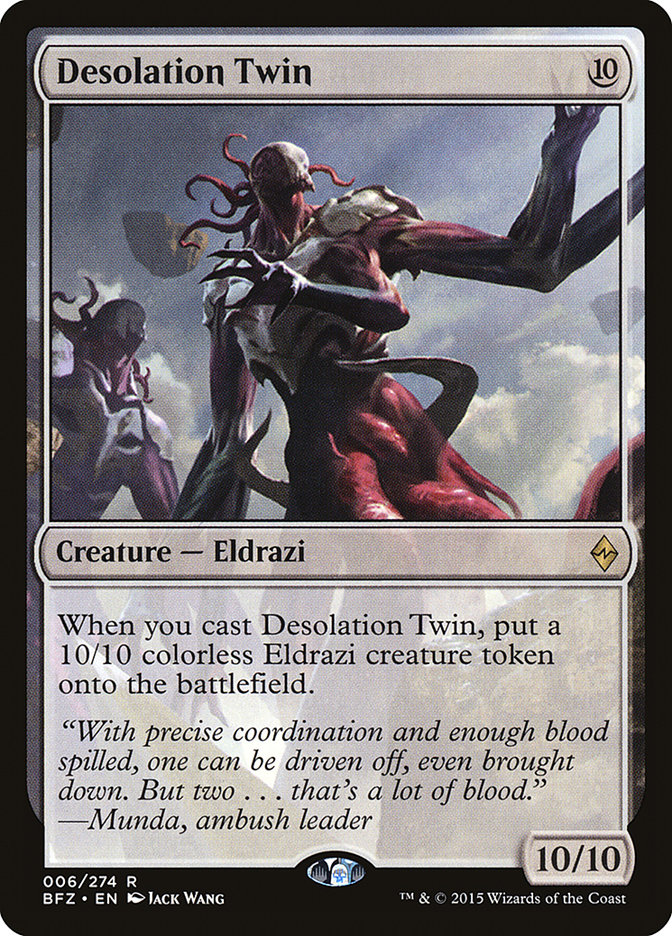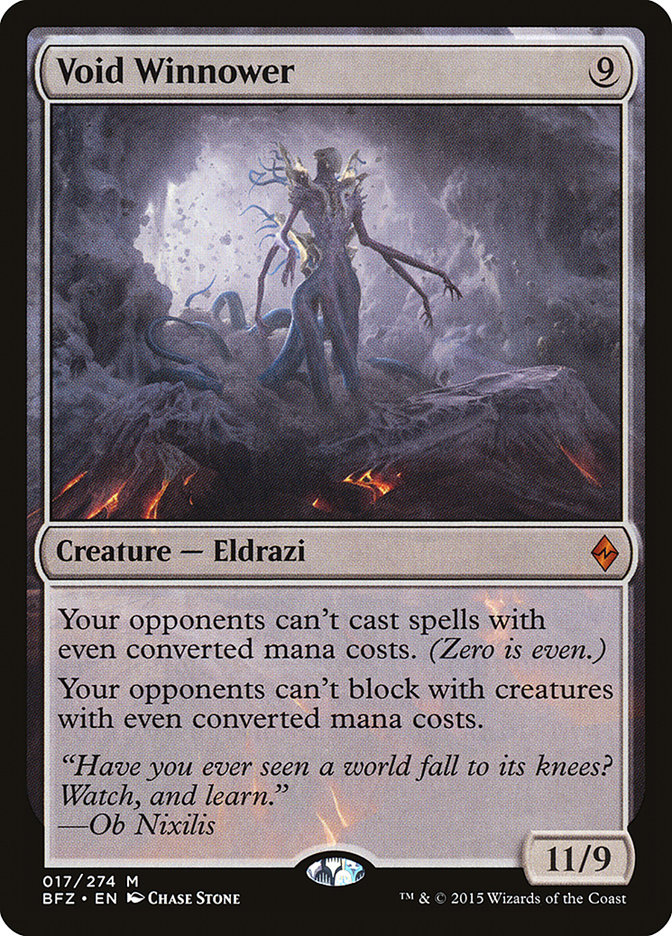While metagaming and trying to predict the field is an important part of tournament Magic, it’s always a fairly imperfect science. With anywhere from a hundred to thousands of players in a tournament you can prepare for overall trends in the format, but there are so many outliers that making an exact metagame call can be difficult and dangerous. Despite the fact that G/W Hexproof may not be the best positioned deck at the moment, somebody is going to play it, and that somebody is going to crush your perfectly tuned Grixis Control deck in about seven minutes.
This is what makes #SCGPC different than almost every other tournament.
Fifteen other players is your entire field, and not only will you know most of them fairly well, but you also have an entire year’s worth of information about decks they have played. Interestingly enough, when it comes to metagaming this format has more in common with a small FNM in a tight knit community than any sort of large event. Of course, everyone else in the tournament understands how the format works too. They know what they usually play, and understand what people may do to combat it.
Oh, did I mention you have to do it three times as well?
Legacy
With three formats to prepare for, I knew that I was just going to have to play something I knew well in one of them.
I knew the field was going to have a ton of Delver of Secrets decks, with the potential for a few storm and infect decks as well. Sultai Delver is good in the Delver mirrors and also quite good against Storm and Infect, and most importantly, I expected almost no one to play Miracles or Lands. Delver always has a chance against random decks as well, making it a very safe choice.
Creatures (16)
Lands (18)
Spells (26)

I almost actually pulled the trigger on Goblins for this event, as there were so many Delver players in the room that it seemed like a reasonable choice. The possible Storm and Infect players scared me off, however, which is unfortunate because my pod of Death and Taxes, Death and Taxes, and Grixis Delver would have been ripe for Goblins to crush. Instead I ran afoul of Tom Ross and Todd Anderson’s gutsy call of playing Death and Taxes, while beating Alex Bastecki’s Grixis Delver and Dan Jessup’s Temur Delver.
Modern
For Modern, metagaming is everything. As Sam Black’s fantastic article from yesterday does a great job in explaining, Modern is all about finding the most powerful deck that people are currently ignoring. I played U/R Twin at the Season Four Invitational, and was very surprised to lose to G/R Tron with maindeck Spellskite twice despite it supposedly being a great matchup. Having maindeck Spellskites really swung the matchup, and post-board I actually felt like an underdog.
This, combined with an expected field of midrange Grixis, Jund, and Abzan decks, left me embracing the Tron life.
Creatures (8)
Planeswalkers (5)
Lands (20)
Spells (27)
- 3 Pyroclasm
- 4 Oblivion Stone
- 4 Sylvan Scrying
- 4 Chromatic Sphere
- 4 Chromatic Star
- 4 Expedition Map
- 4 Ancient Stirrings
Sideboard

I didn’t do anything fancy with the list, I just picked a deck I thought was well-suited for the field. I would end up playing a pod that seemed fairly well-suited for the deck, but pretty much everything went wrong. Tom Ross’s Zoo deck rolled me over, and then both Jacob Wilson’s Jund and Brad Nelson’s Abzan were able to take advantage of some awkward draws by crushing me with powerful sideboard cards like Stony Silence and Fulminator Mage. Both Jund and Abzan should be great matchups, but that’s why you play the games.
Standard
Without a doubt the most important format of the tournament was Standard, and that was the one I spent the most time on. Over the last few weeks the format had really shifted, and there was one truth about the format.
Standard was all about Painful Truths.
Michael Majors started the Painful Truths train, and it was showing no signs of slowing down. Everyone was trying to put as many Painful Truths into their decks as possible, and as a result, all sorts of incremental value cards like Kolaghan’s Command were being mashed with cheap removal spells like Fiery Impulse to try and craft the best possible Painful Truths deck. Other decks in the format were struggling to catch up, and decks with poor Jeskai matchups (like R/G Landfall) were falling by the wayside.
I tried pretty much every variation of Painful Truths decks, and I came to two very big conclusions.
The first was that everyone had completely forgotten about Hangarback Walker. Week one of the format, Hangarback Walker was absolutely everywhere, and as a response to this in the coming weeks, Silkwrap was everywhere. When Hangarback Walker can be answered cleanly it is not very good, and Hangarback Walker began to disappear.
Of course, this meant that players didn’t need their Silkwraps anymore. Decks like Jeskai and Mardu were completely cutting them, and decks like Abzan were shaving more and more of them for Murderous Cuts and more threats. Decks like R/G Landfall that were good at just ignoring Hangarback Walker were also disappearing, making times just right for Hangar don’t-call-it-a-comeback Walker. Hangarback Walker was also awesome against Jeskai Black. Jeskai Black is a deck packed with removal spells looking to two-for-one an opponent to death, and Hangarback Walker was a great threat against them.
The other big conclusion was just that: big. Jeskai Black decks were fantastic at grinding people out, but were very vulnerable to decks that could go over the top of them and essentially ignore most of their spells. This is where the biggest of the bad come in, as both Ugin, the Spirit Dragon and Ulamog, the Ceaseless Hunger are the biggest endgame in the format. Without maindeck counterspells, Ugin, the Spirit Dragon was essentially unstoppable, and Jeskai Black’s slow clock meant there was always time to get there.
With these two principles in mind and the groundwork previously laid by players like Jake Mondello, I came to this.
Creatures (18)
- 2 Dragonlord Atarka
- 2 Den Protector
- 4 Hangarback Walker
- 2 Oblivion Sower
- 4 Ulamog, the Ceaseless Hunger
- 4 Jaddi Offshoot
Planeswalkers (4)
Lands (25)
Spells (13)

This deck is very much a metagame deck.
I expected to play against a ton of grindy Painful Truths decks, and this deck is incredibly well-suited at crushing those decks. In one game in testing I mulliganed to five on the play against Jeskai Black, he resolved three Painful Truths and two Treasure Cruise, and I still won easily. When the cards don’t properly interact with what you are doing, it doesn’t really matter how many your opponent has.
I knew the other big deck to expect was Abzan Aggro, and that matchup was fine. If they had their fast curve out draw on the play, you could be in trouble, but pretty much every deck in the format has trouble against Abzan Aggro’s good curve. Ugin, the Spirit Dragon was backbreaking against them, and their only way to interact with you was to race you.
Atarka Red, while not a great matchup, really wasn’t as bad as it was made out to be either. Between Jaddi Offshoot, Hangarback Walker, and Den Protector you could often stall to a Dragonlord Atarka or Ugin, the Spirit Dragon, and either was essentially game over. Some awkward decks like Four-Color Rally were not great matchups, but I expected pretty much mono-Painful Truths and Abzan in the event, and I was fortunate enough to be right.
Of course there was one wrench in the “crush Painful Truths decks” plan, and that was the go to anti-ramp sideboard card Infinite Obliteration. Ramp decks usually relied completely on Ulamog, the Ceaseless Hunger and Ugin, the Spirit Dragon to win, and if a Jeskai Black deck could Infinite Obliteration the former and deal with the latter with Negates, it could be hard to win.
As such, I had to build my deck in a way that I was threat dense enough to where Infinite Obliteration wouldn’t really bother me. I was able to do this, but the metagame at #SCGPC was so skewed that nobody even showed up with any Infinite Obliterations.
The Deck
Jaddi Offshoot is not fantastic, but it has a job to do and it does it reasonably well. That job is to buy an extra turn or two so we can get to our lategame, and five to seven life plus a block or two will usually get you there. This is the card that is most often sideboarded out, but it serves a valuable purpose in game 1s.
Jaddi Offshoot is also part of a very nice synergy with Oblivion Sower. Sometimes you cast Ulamog, the Ceaseless Hunger, but your opponent has enough of a board presence that it becomes dangerous to attack since you will die on the counterattack. With a Jaddi Offshoot in play, sacrifice Sanctum of Ugin when you cast Ulamog, the Ceaseless Hunger to get an Oblivion Sower. On your next turn, attack with Ulamog, and then follow up by casting Oblivion Sower. Oblivion Sower puts all of the lands in your opponent’s exile pile into play, and with a Jaddi Offshoot in play, this is often going to be around ten extra life.
We’ve already talked a bit about how good Hangarback Walker is right now, but Hangarback Walker is also just fantastic in this deck. Without a good two-mana ramp spell the deck is starved for two-mana plays, and Hangarback Walker is perfect as it provides a must answer card that is the perfect speedbump. It also curves very nicely with Map the Wastes, which is a nice bonus.
The great part about Hangarback Walker though is how well it scales as the game progresses. Other Hangarback Walker decks may be able to play it for two or three in the lategame, but we can actually use Hangarback Walker to trigger our Sanctum of Ugins without much trouble! Hangarback Walker is no Eldrazi, but in mid- and lategame situations it is still a very viable threat. Having threat density is so important in ramp decks, and having your two-mana defensive spell also be so relevant in the lategame is just fantastic.
I have Josh Dickerson to thank for this one. This was not in my early versions of the deck, and I played against Josh on day two of the Season Four Invitational. I was playing Abzan Aggro and he was playing a mono-green version of the Eldrazi deck with six maindeck Fog effects and four Den Protectors. We talked a bit about the deck and while I didn’t like the Fog effects, Den Protector was fantastic.
In a deck with so much mana and a big need for threat density, Den Protector does it all. It can rebuy your ramp spells or fetchlands if you need more mana and can rebuy your huge spells in the lategame if your opponent is able to answer them. It also is a very reasonable attacker and blocker and curves great off of a three-mana ramp spell. Lastly, Den Protector lets you double up on your powerful sideboard cards.
Den Protector is fantastic, and you can also cast it for cheap off of Shrine of the Forsaken Gods for some extra value.
Oblivion Sower is another major deviation from the old versions of the ramp deck, as they would usually play Nissa’s Renewal instead.
While Oblivion Sower is a worse dedicated ramp spell, it is much better because it (again) increases our threat density. A 5/8 creature is no slouch, and matches up well against most of the format. Any time your opponent has to waste a removal spell like Abzan Charm or Crackling Doom on an Oblivion Sower, two important things are happening: They aren’t advancing their board, and they have one less answer to your actual high end threats.
Lastly, Oblivion Sower is great against decks that are delving. With Jace, Vryn’s Prodigy and Kolagan’s Command in the mix, players are most often going to delve away lands, which gives you some extra value. Also nice is how we have a Plains in our deck, which means if we hit a Flooded Stand we have a land to fetch.
Sometimes casting Dragonlord Atarka on turn 5 is just good enough. Dragonlord Atarka is a great big mana payoff and does similar work to Ugin, the Spirit Dragon and Ulamog. She comes down, messes up your opponent’s board, and then demands a fast answer.
With Ojutai’s Command on the decline Dragonlord Atarka is actually very good against Jeskai Black, as it deals with the small creatures in play and dodges Negate and Duress. Dragonlord Atarka is also one of your best cards against Atarka’s Command decks, and is cheap enough to have a strong impact.
Make no mistake, this is an Ugin, the Spirit Dragon deck. Get lands, cast Ugin, win the game is our deck’s mission statement.
There aren’t a ton of ways to deal with Ugin in Standard right now, and a resolved Ugin is often almost unbeatable. This deck plays four Ugin, and tries to cast it as fast as possible every game. You never board Ugin out, as it is your biggest and best payoff card.
Ulamog, the Ceaseless Hunger is our other bigtime payoff, and chaining Ulamogs off of Sanctum of Ugin is how many of your games are going to end. Ideally you will have been able to pressure your opponent with your other threats and they will be unable to answer your Ulamog, but even if they can and you don’t have a Sanctum of Ugin, exiling two things is going to set them back a long way.
It is often correct to go after lands with Ulamog if you have more threats coming, as you can completely annihilate your opponent’s ability to even play the game anymore.
Explosive Vegetation is the most important card in the deck, as the deck probably couldn’t exist without it. Being able to double ramp while also getting closer to seven lands for Shrine of the Forsaken Gods is exactly what the deck wants, and most of your best draws are going to include Explosive Vegetation.
Like Explosive Vegetation, Nissa’s Pilgrimage is also a two-for-one that ramps and ensures you will be making all of your land drops for the game. These cards are uncuttable.
Map The Wastes is a pretty pathetic mana ramp spell, but it does what we need it to do. The bolster effect is also surprisingly relevant, as bolstering onto a Hangarback Walker is actually really good. Even making a Jaddi Offshoot into a 1/4 is pretty solid.
Sylvan Scrying is the worst card in the deck, but you really need something to do on turn 2. Getting a Shrine of the Forsaken Gods on turn 2 is the closest we have to a turn 2 accelerator, and in the mid- to lategame you can get Sanctum of Ugin or Haven of the Spirit Dragon to increase your threat density.
Speaking of Shrine of the Forsaken Gods, it is the best land in the deck. Shrine takes a full turn off of the mana cost of Ulamog and Ugin, and is also great for casting huge Hangarback Walkers. Don’t forget it can morph Den Protector as well.
Sanctum of Ugin is the deck’s engine, and it makes sure you always have a big threat in the mid- to lategame. Don’t forget you can get any colorless creature, and it’s often correct to get Hangarback Walker or Oblivion Sower depending on the situation.
Haven of the Spirit Dragon is just a great one-of to get back Dragonlord Atarka or Ugin. Dragonlord Atarka is also the only red spell in the maindeck, so you can get Haven instead of a Mountain.
Many of the old ramp decks didn’t play Wooded Foothills, but this was often because they wanted to have enough basic lands in their decks to make sure Nissa’s Renewal worked correctly. Because I have less actual land searching effects and because of how important it is to have the red sideboard cards early, Wooded Foothills is a must.
The Plains also does a lot more than just cast the two sideboard copies of Hallowed Moonlight. As I said earlier, having a Plains in your deck gives you a land to fetch when your Oblivion Sower steals a Flooded Strand, and it also gives you a way to cast Radiant Flames for three.
The Sideboard
Rending Volley is your main tool in combating Monastery Mentor, Jace, Vryn’s Prodigy, and to a lesser extent, Mantis Rider. Jeskai Black and other Painful Truths decks’ only real shot against you is a fast Monastery Mentor, and Rending Volley puts that plan to rest quickly and efficiently. It is also a great card to return with Den Protector.
Perhaps the other most important card in the sideboard, Radiant Flames is your tool for not getting run over by red decks or token decks. Sometimes you just need to sweep the board, and Radiant Flames does a very good job of it. It is also serviceable in the Monastery Mentor matchups as well.
Time is often all you need with this deck, and Winds of Qal Sisma gives you time. A fantastic answer to Become Immense + Temur Battle Rage, Winds of Qal Sisma is also just a Time Walk against aggressive decks and Abzan to hopefully give you enough time to cast Dragonlord Atarka or Ugin, the Spirit Dragon. Once again, Winds is fantastic with Den Protector.
Four Color Rally is a pretty miserable matchup. Ulamog doesn’t really do much, and any time you tap out for an Ugin they can just sacrifice their board to Nantuko Husk and Rally the Ancestors on their next turn and kill you. You don’t go fast enough to race them, and they have enough chip shot damage to pressure you into acting.
Hallowed Moonlight is one of the best answers to Rally the Ancestors and Collected Company; it is a cheap and easy splash. The fact that we get extra value out of having a Plains in our deck is just gravy.
Abzan can be annoying if they have a fast curve with Anafenza, the Foremost, and Roast is a concession to that. Knocking off an Anafenza or a Siege Rhino will buy you a lot of time, and killing Anafenza helps to make your Hangarback Walkers effective again. I may sound like a broken record, but Roast is again fantastic with Den Protector.
One of the most important things I was trying to do with the list was make it extremely resistant to Infinite Obliteration. I already have a ton of threats, but having a Desolation Twin to bring in for the fourth Ulamog gives me a great card to find with Sanctum of Ugin that is extremely threatening should my Ulamogs be obliterated.
Dragonlord Atarka serves a simpler purpose, but is also just better than Ulamog against bad matchups like Atarka Red or Four-Color Rally.
The oddball Void Winnower is a concession to possible mirror matches and is very serviceable against Atarka Red as it locks them out of casting their best spells.
The extra Den Protector comes in with many of the other sideboard cards since it is so good with them and great in generally in long games.
Basic Sideboard Guide
This is of course by no means set in stone, but it’s a good baseline to go off of.
Jeskai Black
In:
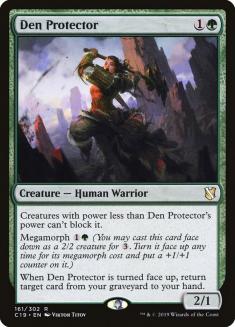
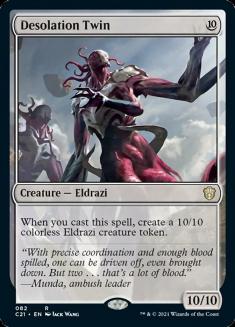
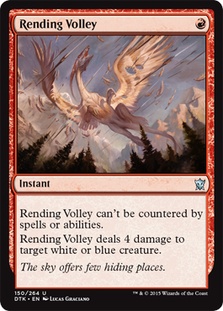


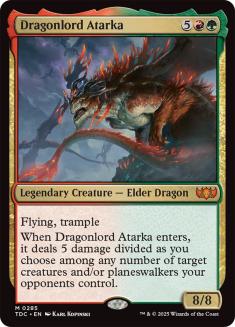
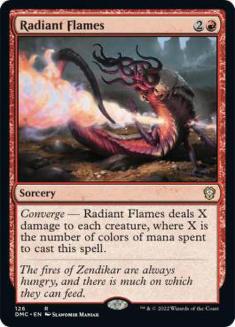
Out:
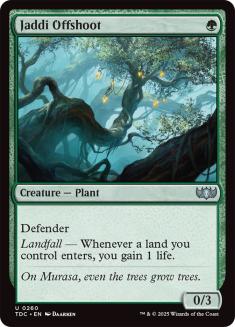



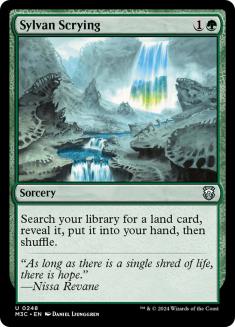

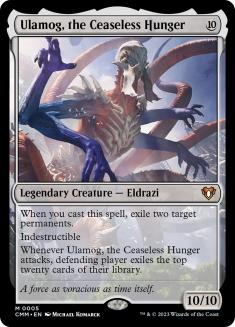
Abzan Aggro
In:
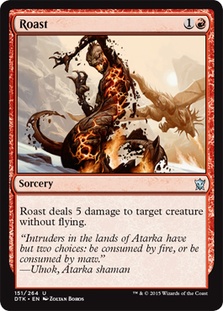



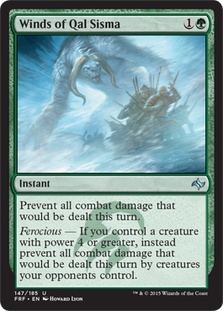

Out:




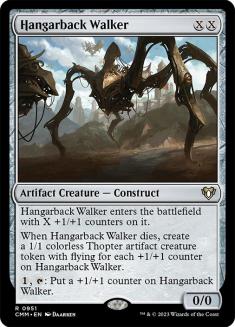

Atarka Red
In:


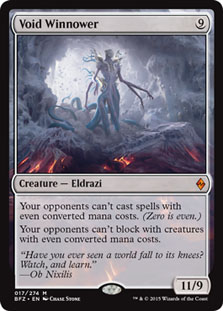




Out:






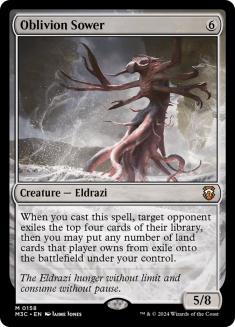
Four-Color Rally
In:
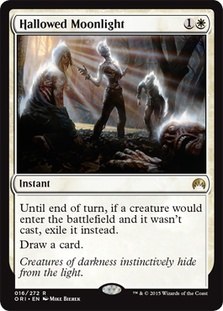





Out:






Going Forward
Make no mistake about it: My Standard deck was a metagame deck. I expected to play against a ton of Jeskai Black and other grindy Painful Truths decks, and I was fortunate enough to do so. I played against Tom Ross, Brad Nelson, and Todd Anderson all playing the same Jeskai Black deck on my way to the title while also beating Jonathan Morawski’s Abzan Aggro deck along the way as well.
Beyond the #SCGPC though, if the format stays where it is, this deck could still be a major contender. No deck in the format does more powerful things, and it’s only going to get better once Kozilek returns to the scene. I’d imagine this deck is going to get a huge boost from Oath of the Gatewatch, so it seems best to welcome our new Eldrazi overlords now rather than later.
Besides, what’s more fun than an Ugin, the Spirit Dragon ultimate?

